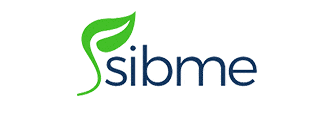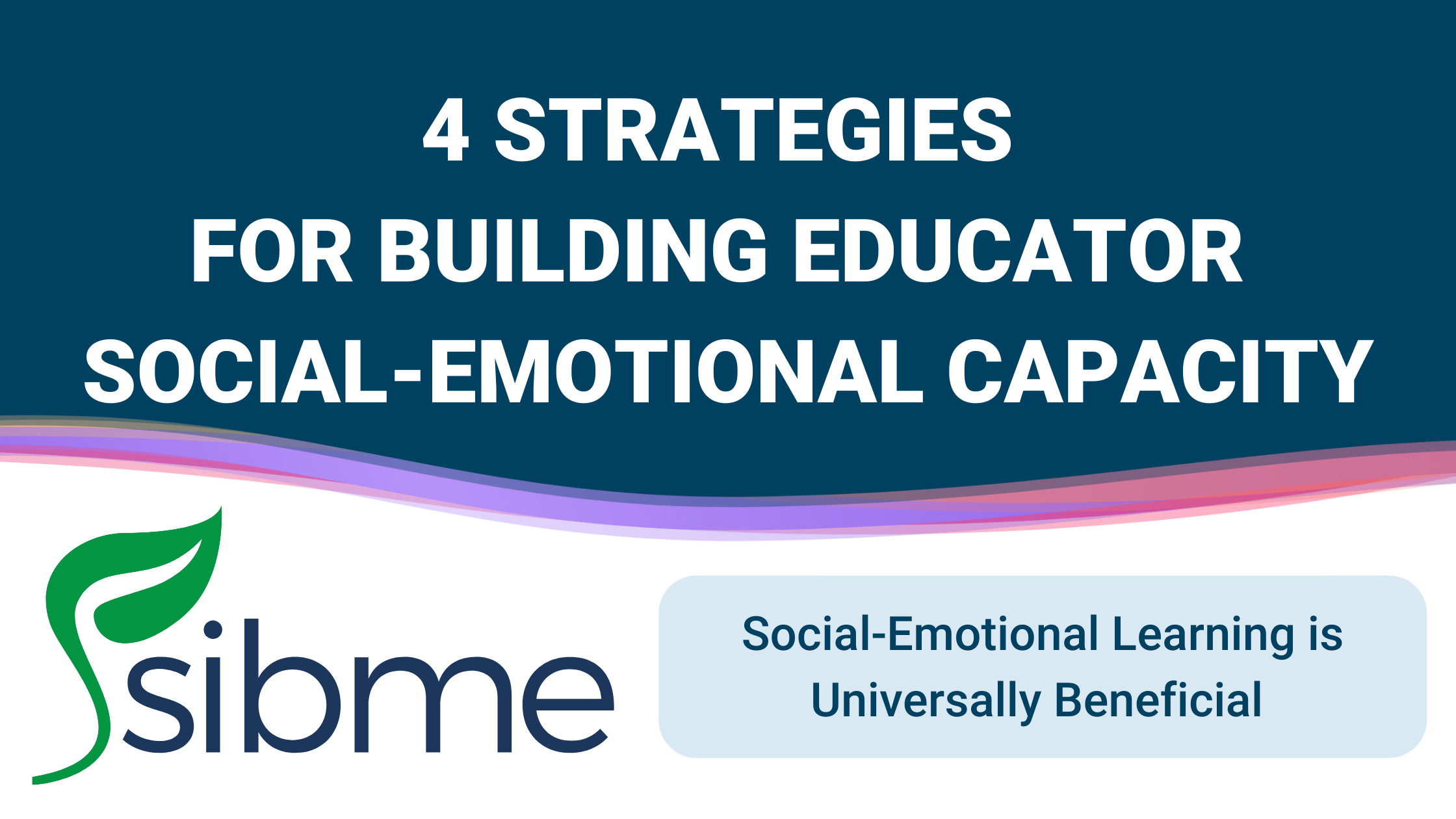
4 Strategies for Building Educator Social-Emotional Capacity
To successfully implement social-emotional learning (SEL), it is essential that teachers,
school and district leaders understand—and use —SEL strategies themselves.
SEL should never be limited to students. Building the social-emotional capacity of educators and other school staff is equally critical—and offers the same benefits.
This resource covers strategies that K-12 leaders can employ to set teachers, staff, students—and themselves—up for SEL success.

Focus on being intentional and honest about what teachers need
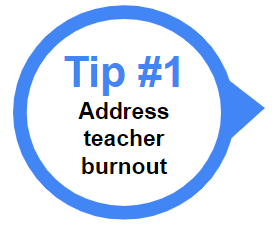
Pause and reflect:
- Do teachers have space to reflect and recharge during the school day?
- How is time being allocated on the master schedule? Is there room for improvement?
- Are there consistent opportunities for educators to collaborate?
Ensure set goals will help educators grow personally and professionally

Pause and reflect:
- Are goals reflective of each staff member’s passions, strengths and expertise?
- How can goals be used to help educators hone their SEL skillsets?
- Are set goals helping or hindering issues of teacher burnout?
- Is there an opportunity for educators to apply SEL strategies—like self-management—to achieve set goals?
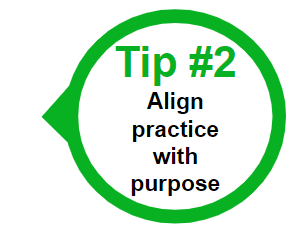

Personalized coaching can help teachers and staff hone their SEL skillsets, and identify opportunities to apply SEL skills inside and outside of the classroom
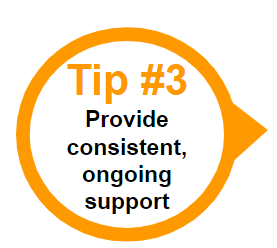
Pause and reflect:
- Do educators have access to SEL resources and supports?
- Are school and district leaders collaborating with staff on SEL?
- What system-level changes can be made to better support educators and their students in applying SEL?
- How can coaching be used to help educators build their social-emotional capacity?
Supporting the wellbeing of teachers, staff and students has never been more important. To address pressing challenges, and retention

Pause and reflect:
- Can improvements be made at the school and classroom level to help educators better practice SEL?
- Is SEL reflective of the school or district’s climate and culture?
- Are there opportunities to invest in coaching, SEL programing or similar resources?
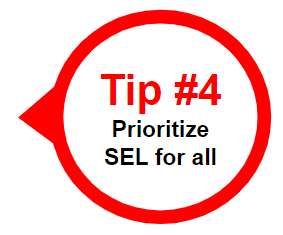
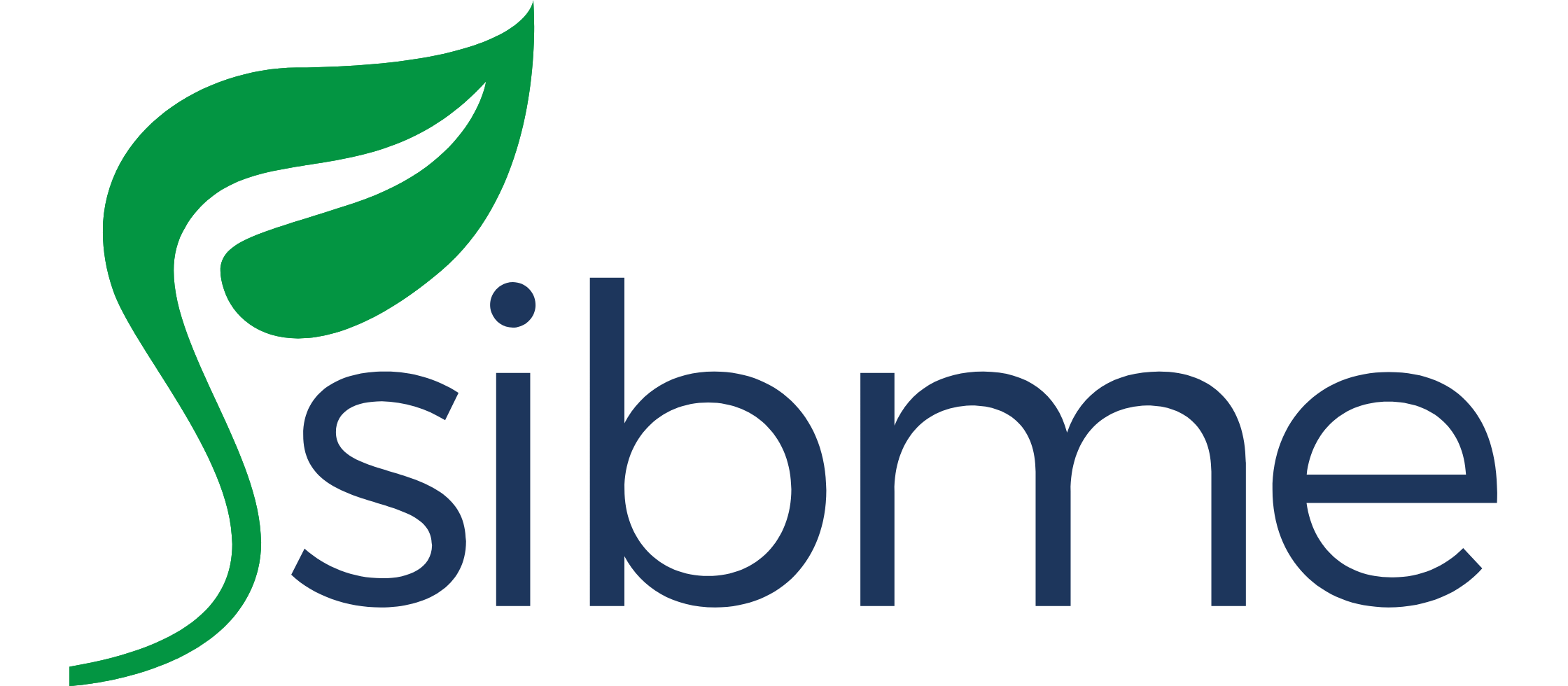
A new & better way to improve performance-based skills
How can Sibme help you?
Teachers learn best when they self-reflect and collaborate with others. Make it easy with Sibme.
We help your school, institution, or education-related organization using video and data to improve professional practice at scale.
